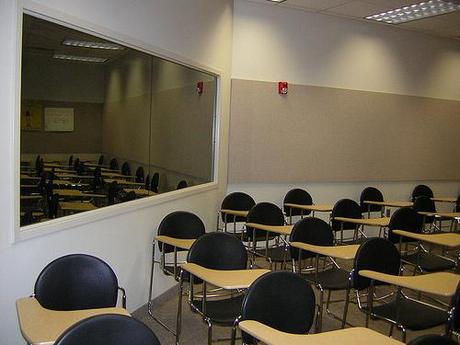
While teaching in a big urban high school, I had a conversation with students one day about the “voluntary simplicity” movement, which consists of people who have decided that money does not buy happiness, and accumulating stuff can actually make your life worse.
“What’s the difference between voluntary simplicity and poverty?” I asked.
“Options,” the kids agreed. Folks who trade in their car for a bicycle, raise chickens in the city, and cut back their work hours are doing it by choice.
Perhaps that’s one way to define wealth: the ability to choose from many options. In this way, our schools are suffering from a poverty that is much more profound than just a lack of money. Our schools—teachers and students—are suffering from a staggering lack of options.
I remember this from my own schooling, and I’ve seen it in some of the high schools where I’ve worked. There is an almost palpable feeling of resignation, a profound absence of the possibility of anything interesting happening.
Every single one of the traditional schools where I’ve worked has greeted new ideas with an attitude of, “That won’t work.” This type of poverty is easy to remedy. Imagine a school with very little money, but an abundance of inspired, creative people with big dreams. It’s possible to create a network of small schools, each staffed by four or five brilliant innovators, who view change not as something to resist but as a catalyst for new opportunities.
Sounds like fun, doesn’t it?
We’re not going to transform schools within the context of our existing structures. We have to build something new, and it has to start small. But it has to start.
(Join the discussion at www.facebook.com/reeducate. Get updates at www.twitter.com/reeducate.)
